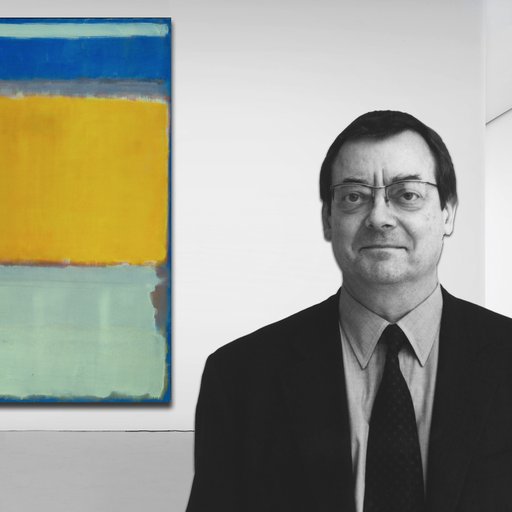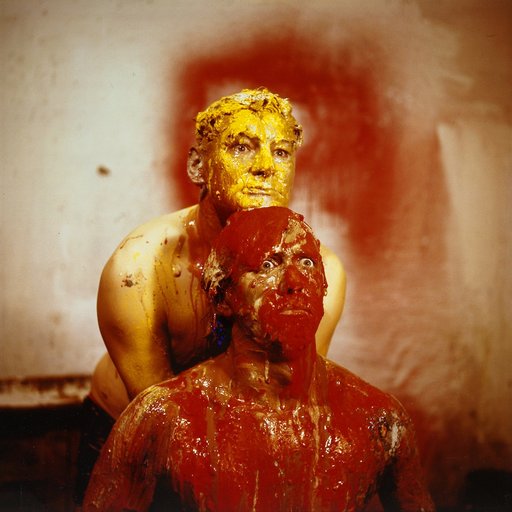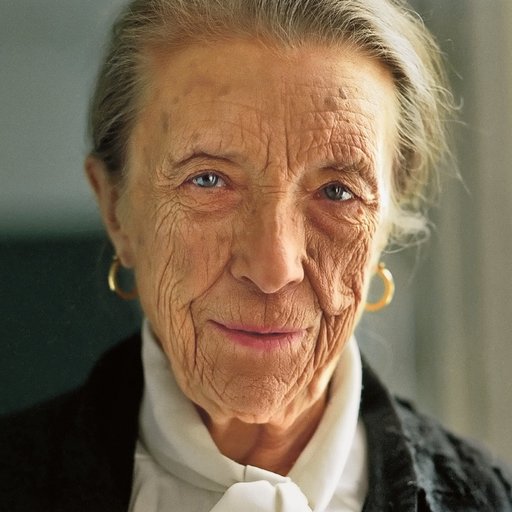In 2009 the art critic Roberta Smith wrote in The New York Times that ceramic has “one of the richest histories of any medium on the planet,” going on to state, “It can’t be said enough that the art-craft divide is a bogus concept regularly obliterated by the undeniable originality of individuals who may call themselves artists, designers or artisans.”
Ceramics and clay have had an undeniable resurgance in the past few years—a suprise for some, considering an art world that had supposedly "moved on" from medium specificity. In Phaidon's brand new compendium Vitamin C: Clay and Ceramic in Contemporary Art, 84 leading critics and curators nominated 102 contemporary artists who "consider clay as core to their work or as a vital strand within a wider, multi-disciplinary practice." The book comes as the most recent in a series of 'Vitamin' books, which have became prescient hot-lists, with many artists rising to critial acclaim since publication.
Excerpted from the introduction to Vitamin C written by curator and art historian Clare Lilley (currently the director of program at Yorkshire Sculpture Park in the U.K.), the following text digs into the ways in which artists and institutions have elevated ceramics from a craft to a high art, and make clear that clay's undeniable comeback is more than just a trend.
(Stay tuned for our upcoming series of interviews featuring leading ceramic artits, curators, collectors, and critics as part of our focus on Vitamin C.)
Clay’s Consolidation
 Grayson Perry, Mad Kid's Bedroom Wall Pot, 1996
Grayson Perry, Mad Kid's Bedroom Wall Pot, 1996
In Britain, Grayson Perry has been an outspoken proponent for the validity of ceramic art; indeed, more radically, for the validity of pots—he refers to himself as a ‘potter’ rather than a ‘ceramicist’ deliberately to distance himself from his peers in the world of studio ceramics. In a sense, Perry doesn’t care about the sliding scale of status for different art forms and has vociferously and fundamentally disrupted the status quo. Moreover, through his identity, personality and media presence, he reaches a large audience and claims an egalitarianism for contemporary art that is remarkable.
That ground is also held by China’s most famous living artist, Ai Weiwei, in so far as it’s unlikely much of the audience ever considered comparisons of art and craft during his 2010 Tate ModernSunflower Seeds, an overwhelming installation of eight million painted porcelain seeds. For him, the material is a means of communicating many ideas—from its perceived ordinariness to authenticity—and, importantly, Ai’s continued creation of ceramic sculpture allows him to collaborate with and support workers in the ancient Chinese ceramic production town of Jingdezhen in the south of China.
Size Matters
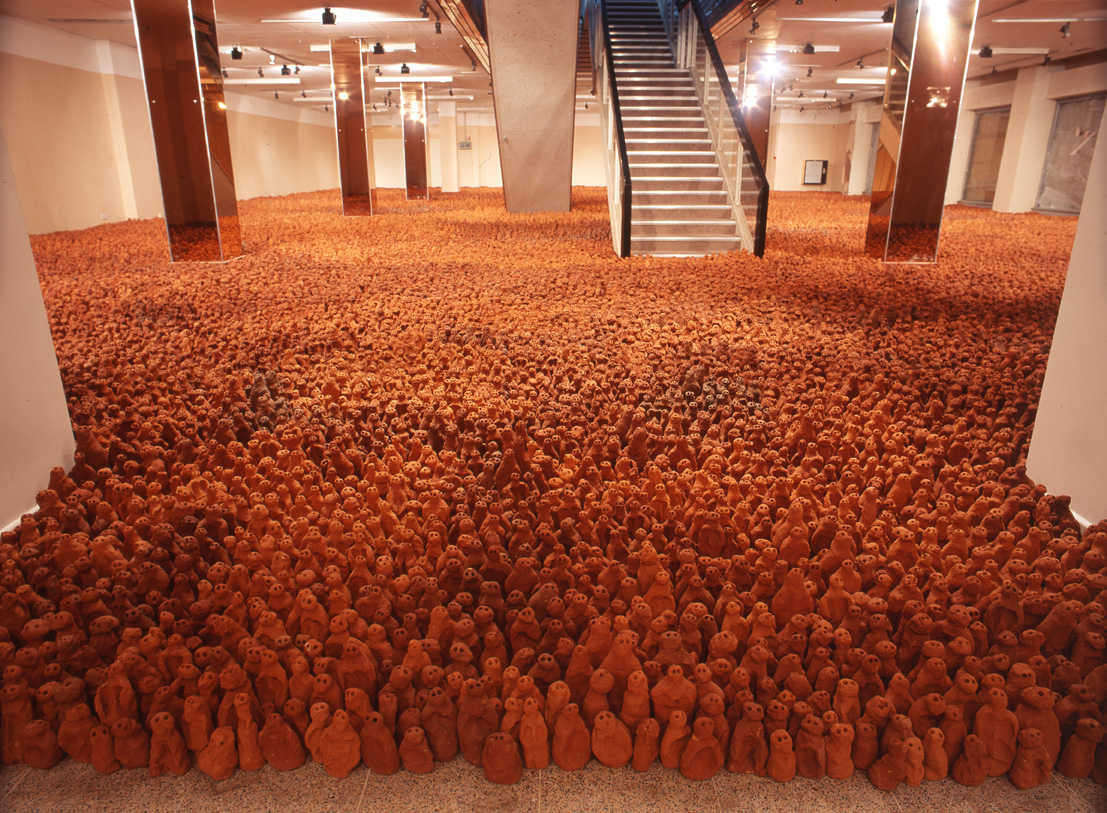 Antony Gormley, Field For The British Isles, 1993
Antony Gormley, Field For The British Isles, 1993
Today, the notion that ceramic art is somehow secondary to other plastic arts still persists for some. Size shouldn’t matter, but scale does have significant impact on the perception of prestige.
The limits defined by the dimensions of a kiln have necessarily constrained size; however, by accreting and assembling parts, artists are able to push boundaries and realize their ambitions. Consider the ‘Field’ series (1989–2003), comprising tens of thousands of terracotta figures assembled by Antony Gormley with hundreds of participants; Fischli & Weiss’s panoply of naïve clay vignettes, such as Suddenly this Overview (1981/2006); Andy Goldsworthy’s expansive clay walls and immersive spaces, like the extraordinary Clay Room made in 2007; Edmund de Waal’s large reliefs and entire walls of individual pots. For these artists, clay is one of an armory of media that enables exploration, direct expression and, often, collaboration. Importantly, its use connotes and highlights land, landscape, the human touch and primal impulses; by exercising Minimalism’s tactic of repeating units, artists construct and explicate a sculptural language, taking it from the personal into the public domain.
[related-works-module]
Context Is Everything
 Installation view of Ken Price, "A Survey of Sculptures and Drawings, 1959 – 2006", Hauser & Wirth, London, 2016-2017
Installation view of Ken Price, "A Survey of Sculptures and Drawings, 1959 – 2006", Hauser & Wirth, London, 2016-2017
The change in perception of work made in clay from “craft” to “high art” relates in part to the context in which such work has been exhibited since the turn of the millennium. For example, in 2004 (the year after Grayson Perry won the Turner Prize), Tate Liverpool presented an exhibition entitled "A Secret History of Clay: From Gauguin to Gormley," which traced a history of artists working in clay through the twentieth century. Across the Atlantic, the University of Philadelphia ICA’s "Dirt on Delight: Impulses that Form Clay" exhibition of 2009 presented the work of 22 artists from across four generations for whom clay was at the core of their practice. It was followed in 2013 by a seminal exhibition at the Nasher Sculpture Center, Dallas, "Return to Earth: Ceramic Sculpture of Fontana, Melotti, Miró, Noguchi, and Picasso 1943–1963" and, in Germany, "Back to Earth. From Picasso to Ai Weiwei—The Rediscovery of Ceramics" in Art at the Herbert Gerisch- Stiftung in Neumünster. More recently, "Ceramix: Rodin to Schütte" was presented in the home of French ceramics in Sèvres, as well as at La Maison Rouge, Paris in 2016. From anthropological museums collecting clay artifacts and ceramic crafts—to which successive generations of artists have turned for inspiration and understanding of the haptic form—to art museums showing and collecting ceramic art, there is a radical shift.
Working in parallel to the museum exhibitions, ceramic art has established a foothold in the commercial world, with young and major galleries featuring a broad range of work in clay alongside other sculptural forms. Concomitant to such presentations are increasing prices and status, with, for example, ceramic art taking a significant proportion of NADA’s Miami Beach Fair in 2016, referred to by the online magazine Hyperallergic as “alluring visions from a ceramic-filled future.” In this respect, notable demonstrations of how boundaries have shifted are the representation by artists such as Edmund de Waal and Rachel Kneebone by Gagosian and White Cube galleries respectively, and the 2016 exhibition by Hauser & Wirth gallery of ceramics by Ken Price.
Along with others, these exhibitions and their publications highlight the importance and relevance of clay to successive artists for whom this malleable and adaptable medium presents physical opportunities as well as historical and sensory references. As Marin R. Sullivan points out in her essay for the Nasher Center exhibition catalogue, even in the 1940s contemporary critics of FaustoMelotti and LucioFontana, such as Gillo Dorfles, framed them as scultori-ceramisti as distinct from ceramic artisans. Cognizant of the craft debate, and intent on separating himself from it, Melotti made his vessels far too large for any practical use and, if there was still any question, pinched their necks to prevent the insertion of flowers. In 2006 a solo show of work by Betty Woodman at The Metropolitan Museum of Art, New York was a signifier of ceramic’s changing fortunes, while her 2016 retrospective at London’s ICA marked another important change in the perception of how medium in art has become increasingly irrelevant.
Experiential Clay
 Betty Woodman, Aztec Vase and Carpet #6 Easter, 2014
Betty Woodman, Aztec Vase and Carpet #6 Easter, 2014
Alongside the art market’s embracing of ceramics, learning to work with clay has also gained popularity as a leisure activity. In cities, towns and villages in Britain and the United States, recent years have seen a surge in adults attending pottery classes, perhaps pointing in the developed world to a cultural yearning for the tangible and handmade—“to touch with our eyes and to see with our hands.” The drive to have “experiences” (everything from traveling to fine dining) rather than simply acquiring capital, property and commodities has been identified as a wider cultural shift and one in which the boom in “crafting” has a firm position.
Moreover, clay offers sensory impact and associations that are singular, perhaps even fundamental. Childhood memories of manipulating Plasticine, Play-Doh, Fimo or indeed clay, lead to an association of clay with “play” and to something instinctive, innately human, visceral. We know how it feels to have a wristwatch in our mouths, yet who can remember the moment when their baby mouth explored this strange object; such explorations are not memories, but are intrinsic to our sensory corporeality by which we gain consciousness of our world. As philosopher Maurice Merleau-Ponty wrote in relation to the phenomenology of perception, “Tactile experience ... adheres to the surface of our body; we cannot unfold it before us, and it never quite becomes an object. Correspondingly, as the subject of touch, I cannot flatter myself that I am everywhere and nowhere; I cannot forget in this case that it is through my body that I go in the world, and tactile experience occurs ‘ahead’ of me, and is not centered in me.” Others better qualified than I can make the association between a toddler’s interest in its own feces and manipulating clay, but suffice to say that enormous pleasure is to be had from squeezing, rolling, shaping and refining this matter.
Moving, Eruptive, Living
 Joseph Beuys at the Zeitgeist Exhibition, Martin-Gropius Bau, Berlin, 1982
Joseph Beuys at the Zeitgeist Exhibition, Martin-Gropius Bau, Berlin, 1982
Such understanding of creativity as central to human existence was fundamental to the life and works of one of the most influential of modern artists; for Joseph Beuys (1921–82), change and transformation, as well as emotional rootedness in our primal self, were essential to his practice. Beuys said of one of his most important works, The End of the Twentieth Century (1983–5), “This is the end of the Twentieth Century. That is the old world, on which I impress the stamp of the new world. Look, the plugs, they are like plants from a stone age. I have drilled their funnel shapes with a lot of effort out of the basalt and then placed them back into their holds with felt and clay, so that they wouldn’t hurt as much and stay warm. There is something moving, eruptive, living in this stiffened mass—just as the basalt itself was once pressed out of the interior of the earth.” In his 1982 "Zeitgeist" exhibition at the Martin-Gropius Bau, Berlin, Beuys installed a huge mound of clay, calling it Hirschdenkmal (‘The Stag Monument’) and surrounding it with sculptures and items from his life. This huge, tactile, movable mass pointed to the primal human, to instinct and touch, of which curator Norman Rosenthal said, “there was something magic about the way he presented these pieces.” From the assemblage, Beuys selected elements that he later cast, “including, these rather extraordinary sausage-like objects—what you might call the most basic, either human or animal, dung. I put this rather crudely ... it was like making shit beautiful.”
Collaboration and Exchange
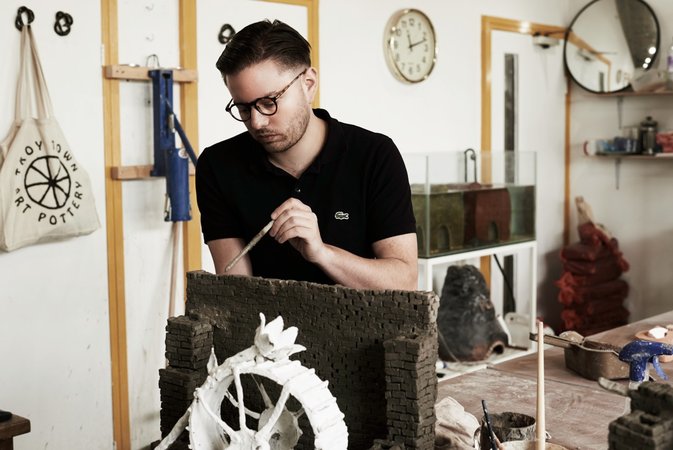 Aaron Angell at the Troy Town Art Pottery in London
Aaron Angell at the Troy Town Art Pottery in London
As participatory and collaborative practices across all the arts grow, so does exchange between maker and maker, and maker and viewer. The assertion that Neolithic art emerged as a social activity is pertinent with the persistence and growth of cooperative workshops like the Troy Town Art Pottery in London founded by Aaron Angell. Describing itself as “a radical and psychedelic workshop for artists... also host to Town Gas, an innovative educational program for local young people.” It is both Angell’s studio and a workshop that offers facilities such as kilns and a sharing of skills that few British art schools now teach, as well as conversation and exchange. Similarly, New Linthorpe pottery in Middlesbrough has workshops “where people are invited to ‘make’ with their own earth.” Run by Emily Hesse and James Beighton, Linthorpe’s utopian premise—of inspiring community sharing, of contact with and production of the earth, and of art’s ability to change and improve life—is abundantly and deliciously clear. In the work of Swiss artist, Urs Fischer (born 1973), community participation and high art come together in monumental works in bronze, escalated in size from clay sculptures that retain all the surface handling and nuance of their makers, so that the Last Supper (2014) and giant fairy-tale objects proclaim rapidity and the handmade as well as ambiguous authorship.
In an era where many artists don’t identify themselves in relation to one specific medium, it isn’t surprising that they should see clay as simply another possible material, ripe for exploration. Aaron Angell said of his experience as a visiting tutor to an art school sculpture department, “most people have been using it [clay] as a means to an end, a sculptural material like any other.” He then went on to add, in relation to clay’s increased popularity, “To answer the question ‘why now?’—I think there is certainly a reaction against the kind of fabrication fetish that we have been seeing in a lot of work over recent years.”
In considering the rise in artists working with ceramic, Richard Slee has another perspective, commenting that, in the wake of ceramics being all but dropped from the school curriculum in Britain, and the dominance of conceptual art teaching and concomitant deskilling of students, “sometimes, if you take something away for a period, it becomes attractive again.”
Failure and Favor

Handling clay is only the start of the process; it is not an easy material to manipulate well and it has distinct rules about how to sustain its own weight and volume, of how it reacts to being red. Clay is exacting and therefore, to stretch its possibilities, you must first be highly articulate in its language. Even the most proficient will experience failure, begging the question not only of its continued use but its growth in favor. Clay’s mutability, its willingness to change and adapt, to bear witness to its own state of flux, to the hands that form it, are surely relevant. Furthermore, the failures—the cracks and fissures, burst bubbles and slumped forms that beset the potter—offer chance opportunities to the artist; in his recent series of vast ceramic HEADS, made in Jingdezhen in China, Swiss artist Not Vital (b. 1948) presented one exploded sculpture atop another, emphasizing the precariousness of the material and, by association, of life.
Creation stories that have mankind formed from clay are abundant in world religions and mythologies—Prometheus shaping man in clay while Athena breathed in life; the god Khnum creating human children from clay before placing them into their mother’s womb; the Sumerian religion of the god Enki/Enlil forming man from clay and blood; as well as Judeo-Christian and Islamic beliefs. In modern-day Nigeria are found the oldest known African sculptures, the extraordinary terracotta Nok figures, made from 500 BCE, while over at least the last two millennia, around the globe we see clay formed not just into practical vessels, but figurines and sculpture. It is an irreducible material that continues to connect current practitioners to earth and to their own hands and body, endlessly multifarious and giving, while, by association, we too as viewers relate to its distinctly tangible state.

















